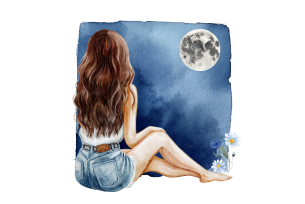
Romantic Love Poems: Perfect Ways to Say "I Love You"
Love goes beyond words, but poetry captures it beautifully. Throughout history, poets have used writing to express their deepest emotions, and love is one of their favorite themes.
Poetry for Lovers
Our Love Poems Collection shows the different ways love can be felt and expressed. Whether you're dealing with heartbreak or celebrating a deep connection, these poems of love speak to every experience.
Our Collection of Poems that Are About Love
Our collection has poems for lovers, great for thinking about your feelings, marking important moments and sharing them with someone special. We hope they bring you inspiration, joy, and a sense of connection.

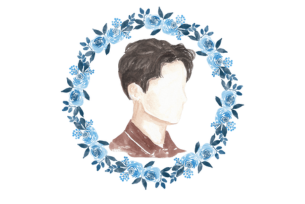

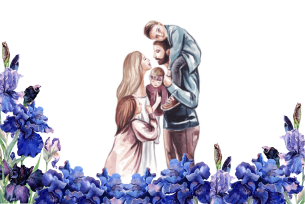
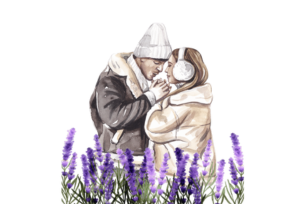
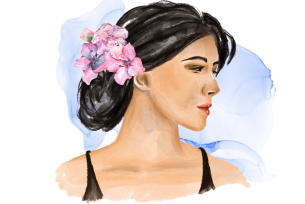
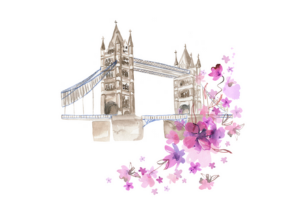
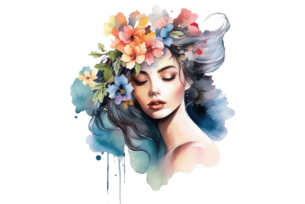
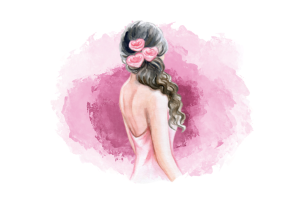

FAQ about Our Collection of Love Poems
Below is a short section of frequently asked questions and answers to help guide you in using our Love Poems Collection.
Love in Poetry: An Overview of Love Poems Through the Ages
Love poems have been around for centuries, expressing human emotions. They cover themes like romantic passion and deep heartbreak, showing the many sides of love.
Love Poems: Ancient to Modern
Love poetry has changed a lot over time, showing the deep and complex feelings of people. This section looks at the history of love poems, from ancient to modern times, and explains what makes each period special and important.
- Ancient Love Poetry
- Medieval Love Poetry
- Renaissance Love Poetry
- Romanticism
- Victorian Love Poetry
- Modernist Approaches
In ancient civilizations, love poetry was a way to express deep emotions and desires. Cultures like the Greeks, Romans, and ancient Near Eastern societies created works that set the stage for future love poems.
- Sappho: Famous for her lyrical poetry, Sappho of Lesbos is a key figure in ancient love poetry. Her poems about longing and affection still touch readers today, capturing the deep desire for connection and intimacy.
- Homer: In epics like "The Iliad" and "The Odyssey," Homer explores love in many ways, from heroic devotion to tragic longing. Characters like Paris and Helen show how love can shape destinies.
In the medieval period, love poetry took on a new angle with the rise of courtly love. Poets like troubadours and minnesingers wrote about idealized love, focusing on admiration and virtue rather than physical attraction.
- Chretien de Troyes: Famous for his Arthurian romances, Chretien de Troyes wove themes of love and chivalry into his stories. His works examine the complexities of romantic relationships within a world of duty and honor.
- Francois Villon: A poet from the late medieval period, Villon offered a personal and often sorrowful view of love. His moving verses capture the fleeting nature of affection and the vulnerabilities of the heart.
During the Renaissance, love poetry flourished with a return to classical themes and a deeper focus on human emotions. This period saw a mix of personal experiences and broader thoughts on love.
- William Shakespeare: Known for his celebrated sonnets, Shakespeare's work in Renaissance love poetry captures the subtleties of love with unmatched skill, making his poems timeless classics.
- John Donne: A key figure in metaphysical poetry, Donne's love poems explore intellectual and spiritual aspects of love. His unique style and deep reflections set him apart from others of his time.
Romantic poets focused on intense emotions, nature, and individualism, often depicting love as a powerful, transcendent force. This movement reacted against the Enlightenment’s emphasis on reason, celebrating passion and imagination instead.
Poets like William Wordsworth and Lord Byron infused their works with deep longing and admiration for romantic relationships.
- Love as a Sublime Experience: In Romantic poetry, love combines beauty and pain, raising personal connections to a nearly spiritual level. This blend of nature and emotion is evident in Wordsworth’s work, where love intertwines with the natural world.
- The Idealization of Love: Many Romantic poets idealized their beloveds, presenting them as perfect beings who inspire art and profound feelings. For instance, Byron’s poetry often reflects an unattainable muse, capturing the blend of desire and despair.
The Victorian era brought a complex view of love, with poets addressing the societal constraints on relationships. This period shifted from Romantic idealism to a more nuanced understanding of love's challenges.
- Formal Expression of Emotion: Victorian love poetry often used structured forms to reflect the era's social propriety. Poets like Elizabeth Barrett Browning expressed personal feelings through sonnets, maintaining traditional poetic conventions. Her sonnet "How Do I Love Thee?" shows this blend of structure and emotional depth.
- The Complexity of Relationships: While Romantic poets often idealized love, many Victorian poets explored darker themes like longing, betrayal, and societal expectations. Alfred Lord Tennyson's work frequently depicted the tension between desire and duty, capturing the complexities of relationships.
Modernism brought a new view to love poetry, breaking from traditional forms and focusing on the inner workings of the mind. This era captured the fragmentation of love amid the upheavals of modern life.
- Innovative Forms and Styles: Poets of love like E. E. Cummings transformed love poetry with unconventional syntax and punctuation. His poem "i carry your heart with me" reflects the personal nature of love while challenging traditional poetic norms.
- Psychological Depth: Modernist poets explored the psychological aspects of love, showing it as a mix of desire, loneliness, and connection. This approach allowed for more fragmented and emotive expressions of love, reflecting the chaotic nature of modern relationships.
Love Poems and Poets: Exploring the Most Legendary Figures
Over the years, many poets have influenced love poetry, each bringing their own view on this timeless emotion. These poets of love still speak to readers, showing all the different sides of love.
Sappho's Timeless Verses
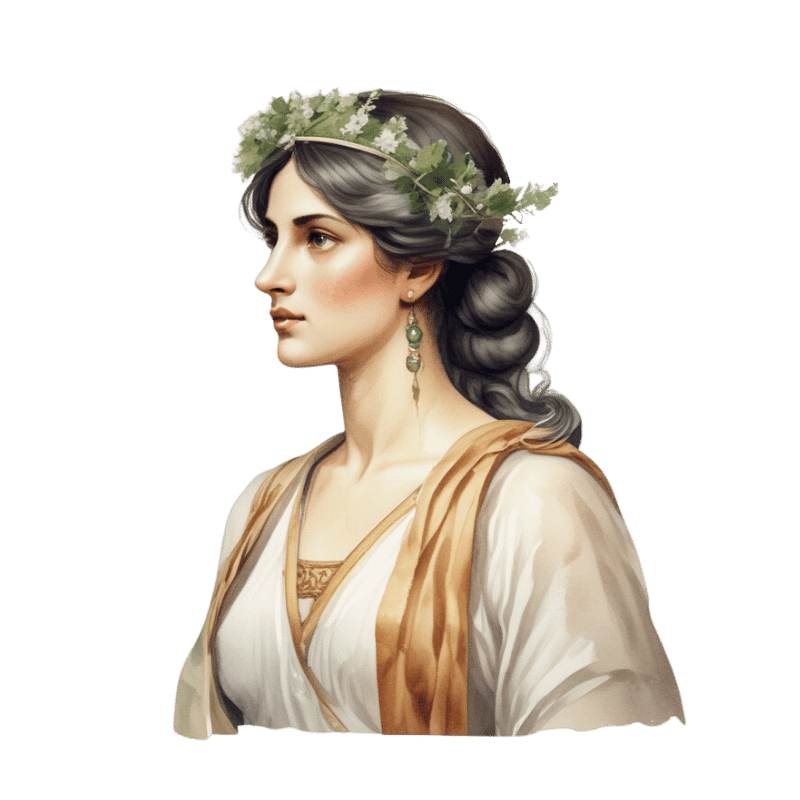
Sappho, an ancient Greek poet from Lesbos, is known for her deeply personal and emotional verses. As one of the earliest female voices in literature, she explored love, desire, and beauty.
Her ability to express deep feelings in just a few lines has made her work timeless, capturing the essence of intimate relationships. Much of Sappho's love poetry is about a woman's love for other women, showing a deep longing that lasts through time.
One of her well-known pieces starts with "He seems to me equal to the gods," showing the intense admiration and passion love in poems can inspire. Sappho's incomplete works often leave room for interpretation, encouraging readers to explore the deep emotions in her lines.
William Shakespeare’s Sonnets
William Shakespeare is a major figure in love poetry, known for his 154 sonnets that explore the complexities of love, romance, beauty, and time. His sonnets capture both the joy and pain of love, blending personal reflections with universal themes, making them a key part of English literature.
Sonnet 18
One of his most famous works, “Shall I compare thee to a summer's day?” highlights the idealization of love and beauty. It contrasts nature with human emotions, making the beloved eternal through poetry.
Sonnet 116
This sonnet explores true love as constant and unchanging despite external factors, and its portrayal of love's permanence has moved countless readers for centuries.
Elizabeth Barrett Browning’s Romantic Odes
Elizabeth Barrett Browning is famous for her passionate poem “How Do I Love Thee? Let Me Count the Ways.” It beautifully describes the many ways she loves her partner. Her vivid and emotional language has made a lasting impact on readers and poets.
Browning’s work goes beyond romance, tackling social justice and personal struggle. Her poetry continues to influence, capturing the deeper emotions and complexities of love and human relationships.
E. E. Cummings' Innovative Styles
E. E. Cummings changed love poetry with his innovative style, breaking traditional structures to express complex emotions in new ways. His unique use of unconventional syntax, punctuation, and layout made his works visually and audibly reflect the complexities of love.
One of his most famous poems, “i carry your heart with me(i carry it in),” shows a deep emotional connection with simple yet powerful imagery. Cummings' skill in blending form and meaning lets readers fully feel the depth of love.
Diverse Representations of Love in Poetry
Poetry explores the many sides of love, highlighting different types and expressions that reflect human experiences. This section examines various kinds of love, showing their unique qualities and emotional depth.
Romantic love is a popular theme in poetry, marked by passion and desire. This type of love poem poets often explore the beauty and intensity of romantic relationships and the deep connections between lovers. Romantic poem and love can inspire longing, joy, and sometimes anguish.
Common elements in romantic love poetry include:
- Intense emotions that evoke longing.
- Imagery that highlights a partner’s beauty.
- The idealization of romantic moments.
Elizabeth Barrett Browning beautifully captures romantic love in her sonnets, showing deep emotional bonds and longing. Similarly, Pablo Neruda’s verses express passion in his unique style.
Unrequited love is a powerful theme, highlighting the deep pain and sorrow of unreturned feelings. It often leads to loneliness and despair, making it a compelling subject for poets.
Common motifs in unrequited love poetry include:
- The heartache of longing for someone who doesn’t feel the same.
- Reflections on self-worth and vulnerability.
- Imagery that captures the bittersweet nature of unreturned affection.
John Keats expresses this beautifully in his works, often focusing on the ache of unfulfilled desire and its emotional complexity.
Platonic love goes beyond romance, focusing on deep friendships and emotional bonds without sexual attraction. It highlights companionship, trust, and loyalty, forming equally meaningful connections.
In poetry about platonic love, key themes include:
- The strength of friendship and mutual support.
- Shared experiences that deepen connection.
- Affectionate expressions of camaraderie.
Writers like Robert Frost and Walt Whitman have beautifully expressed the essence of platonic relationships, showing how deep and transformative friendships can be on their own.
Final Reflections on Love Poetry
Throughout history, love poetry has evolved from the ancient verses of Sappho to the innovative styles of E. E. Cummings, reflecting the diverse and profound nature of love.

From the structured sonnets of William Shakespeare to the emotional depth of Elizabeth Barrett Browning's odes, each era has contributed uniquely to the rich tapestry of love poetry.
Whether exploring the idealism of Romanticism, the complexities of Victorian relationships, or the psychological depth of Modernism, poets have continually captured the essence of love in its many forms.
As we’ve seen, love in poetry transcends time and culture, offering insights into romantic, unrequited, and platonic love. These timeless works continue to resonate, reminding us of the power of words to express our deepest emotions and experiences.
In reflecting on these diverse representations, we gain a deeper appreciation for how love poetry mirrors our own lives and feelings, making it a vital and enduring part of human expression.
